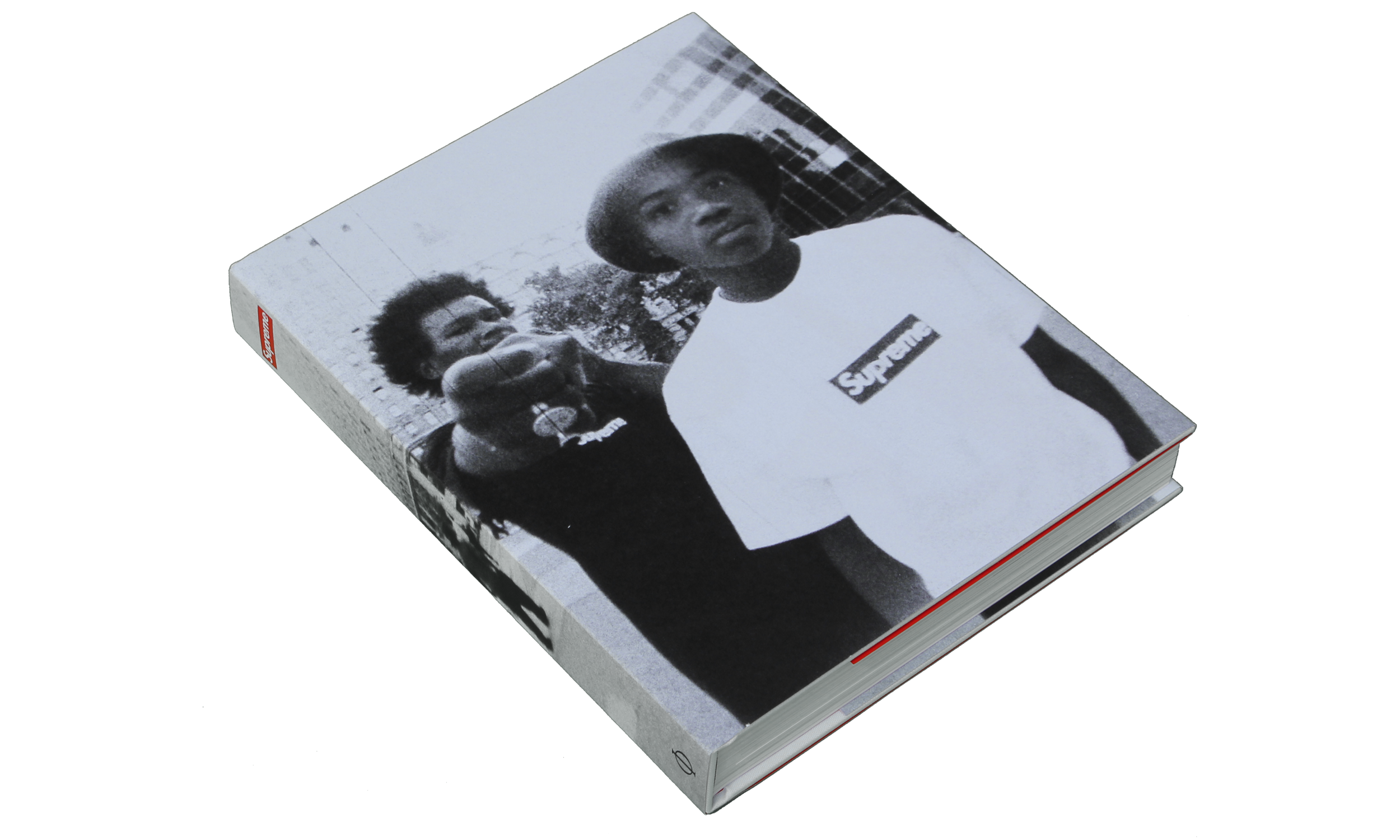Shelf Life: Supreme Vol. 2
In the Shelf Life series, I want to introduce you to various books from my personal art book collection. May it be recent additions, more obscure rarities and finds, or timeless classics with decades of shelf life in the literal sense of the word.
The new Supreme book (this time published by Phaidon instead of Rizzoli) feels more like a victory lap than a factual anthology or monograph, to be honest. It is also a yearbook for Supreme affiliates - skate team, shop staff, the whole friends & family posse. As always with Supreme, you are presented with a world that makes you want to participate - partly because you simply can’t. Not to get too “I miss the old Supreme” here and too negative right off the start, but the biggest disappointment with this book was, that I don’t think it showed me anything I had not seen before. I started to closely follow Supreme around 2010/11 and the first book, which covered the brand‘s history from 1994 to 2010, was full of stories and images that were new to me. It illustrated the brand’s background in detail (an actually informative James Jebbia interview - can you imagine?) and contextualized a lot of products I had only seen in grainy pictures on forum message boards. But I was there for pretty much everything that is shown in volume 2 – meaning clicking through look books twice a year, reading collaboration announcements every Monday, and striking out about every other Thursday once the EU online store opened. In a similar way, the All Gone Book content from before 2010 is way more interesting to me than the newer editions. The first book was more of an explanation and introduction while this one simply shows “this is all the great stuff we have done”. To be fair, this is immanent to the process. Still, I was slightly disappointed.
Nonetheless, the book is a nice representation of the body of work the brand produced in the 2010s. It provides a nice completist overview of the Supreme’s defining product categories of t-shirts and artist collaboration skate decks. Although I don’t like that it is not thoroughly chronological (except the excellent t-shirt and lookbook archives with cut & sew highlights at the end), the curation of double-page spreads with rather random pictures which might not have a sonically recognizable connection at first glance is very tasteful. Crossing out Morrissey’s face was a nice touch as well. Giving a whole page to a singular “unnecessary but popular” accessory kind of seems like overkill though.
A highlight is the very nice introduction by “American culture critic” Carlo McCormick. If people might be not too familiar with the Supreme and want to understand its appeal, that introduction text is a useful starting point. I also liked the poem by Harmony Korine even though I understand why some might find it pretentious or delusional. For me, it painted a romanticized picture of Supreme‘s youth years in the mid-90s. I was just wondering how this particular subject matter relates to the 2010s era of Supreme. The aim of both the introduction and the poem apparently is to explain the brand to somebody picking up the book in some store wondering what this whole Supreme fuzz is all about. In that context, it makes sense I guess.
It will be interesting to see if Supreme can manage to nurture their cultural currency in the future to produce enough interesting material for a potential third volume of this book series. On a product level, the last few seasons seemed a little lackluster to many people, but the recently previewed Fall/Winter 2020 collection is one of their strongest efforts in a while in my opinion. Still, because it is Supreme, you also have to widen the scope in terms of relevance and integrity. Letting half of the company stakes be acquired by private equity firm The Carlyle Group in 2017 was a highly questionable move in regards to all the before mentioned aspects (considering their affiliates in the investment roster and Carlyle’s history). It would be really great to get some kind of explanation or statement on that, but the probability of that happening might be as low as Lil Wayne winning SOTY. After all, the Supreme mantra is „fuck you, we do what we want“. Take it, or leave it. They don’t need you. Not yet at least.
Thumbnail picture:
Alex Olson photographed by Jonathan Mehring in 2013
Source: Vogue












